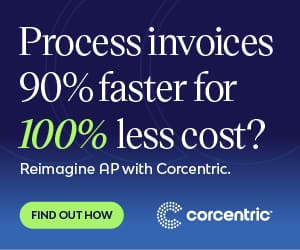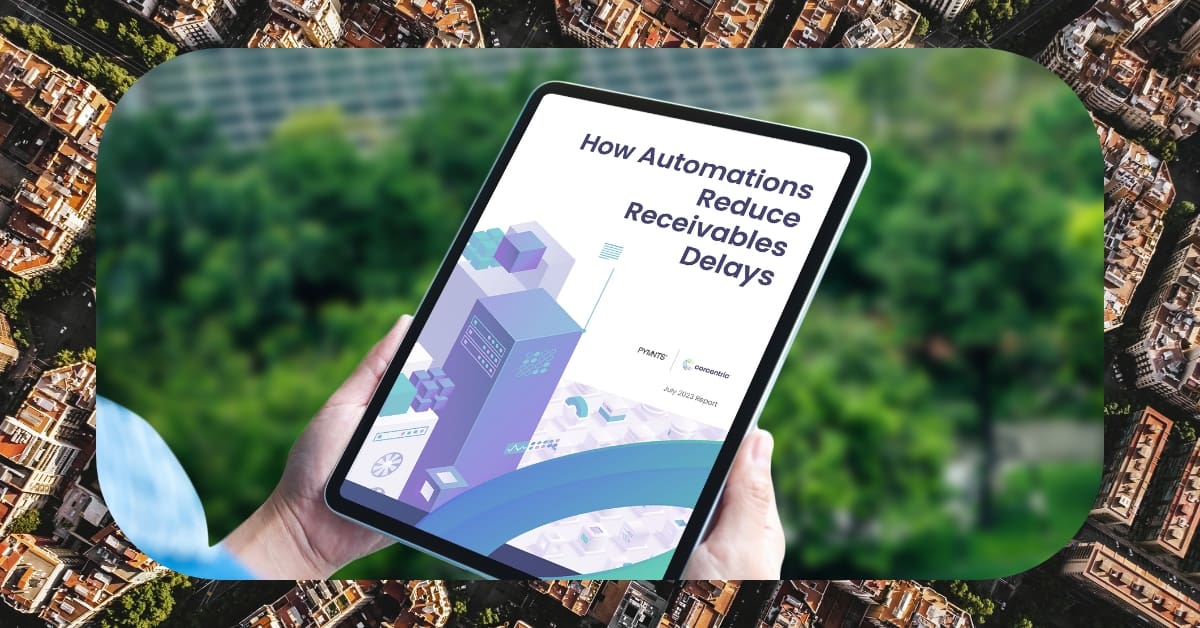A Comprehensive Guide To Receivables Management Using An Order To Cash Software

Receivables Management Software
In the day-to-day operations of many business, the efficient management of receivables is of paramount importance. An Order to Cash (OTC) software can play critical role in helping to create streamlined and automated approach to managing your receivables.
When business is looking for an OTC Softwaresystem, they should consider an all-encompassing approach that will provide an end-to-end solution. The ideal OTC automation system should be able to minimize manual processes by automating vital tasks, such as credit checks, invoicing, collections, dispute resolution, data management and reporting.
Optimizing your receivables management process with an automated system allows you to reduce costs associated with manual approach, while providing the added benefits of better customerservice, faster cash cycles and improved customer experience.
This guide will walk you through the topics you should consider when evaluating and deploying an OTC receivables management system.
Assessing Your Current Processes
The first step in the process of selecting and deploying an OTC automation system is an assessment of your current processes. This allows you to identify any pain points or areas for improvement that the system will need to target.
During the assessment phase you should be looking at the goals and objectives of your business, working out what level of automation you need from an OTC system, and determining how the system should integrate with any existing systems or software. You should also be assessing the scalability and flexibility of the solution so that you can ensure that it can grow with your business. This assessment will give you good starting point when evaluating potential solutions.
Evaluating Potential Solutions
Once you have established the goals and objectives of your OTC receivables process, it is important to evaluate all available options. Consider vendor credibility and customer feedback when making this evaluation and ensure that the software you choose has all the features and integration capability you need.
When evaluating the system, it is essential that you investigate the capabilities of the OTC software in terms of order processing and payment management, as well as reporting, customer portals and customersupport. Make sure that the system integrates seamlessly with existing systems and platforms, and that it meets your specific business needs.
Set Up and Configuration
When it comes to setting up and configuring your OTC automation system, program implementation is of paramount importance. As such, it is important to determine what support comes with the system, whether it is configurable and how long it will take to install.
It is essential to understand the system inside and out before you begin, so that you can quickly and efficiently set up, configure and launch the solution. When configuring the system, you should also consider any business rules or customization you may need to have implemented.
Continuous Optimization
Once you have the OTC solution in place, it is important to continually optimize the system in order to get the most out of your receivables processes. This involves making sure that the system is configured for optimal performance and that you are continually monitoring and adjusting to ensure that the system is performing as effectively as possible.
In addition to regular optimization, you should also be looking out for trends and monitoring customer feedback in order to determine whether the system is meeting customer needs.
Conclusion
Going through the above steps will help you make the most of an OTC automaton system when it comes to managing and optimizing your business receivables processes. As mentioned at the beginning, it is important to evaluate potential solutions carefully, understand the system and how it integrates with other systems, and keep monitoring and optimizing the system on an ongoing basis. In doing so, you can create streamlined, automated and efficient receivables process that provides improved customerservice, better customer experience, and faster payment cycles.

